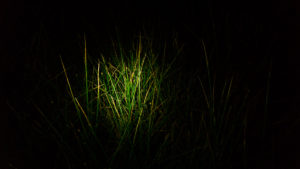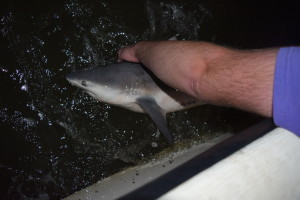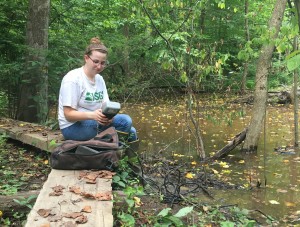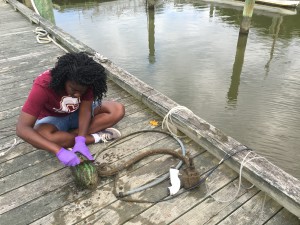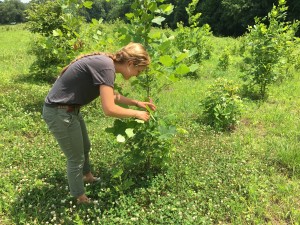by Carmen Ritter, SERC Fish & Invertebrate Ecology Lab intern
Picture that tiny town that one friend always tells you they’re from, with the single post office and the neighbors that know every detail of your personal life. Now picture that, on the water, even smaller. Welcome to Wachapreague, Virginia.
Wachapreague sits on the Eastern Shore of Virginia and claims to be “The Flounder Capital of the World.” The locals are some of the friendliest people you could find, and nearly everyone in the area fishes. I wasn’t there for recreational purposes, though.
This summer, I visited the Virginia Institute of Marine Science Eastern Shore Lab (VIMS ESL) with about 20 scientists from around the country to conduct a bio blitz documenting the biodiversity of Chesapeake Bay. The blitz was organized by the Smithsonian Environmental Research Center and MarineGEO (the Marine Global Earth Observatory). While most scientists were from the Smithsonian and other research institutions surrounding the Chesapeake Bay, some flew in from Florida, Washington State or Puerto Rico. After gathering for a meeting on the first evening, we all prepared the lab space for samples and headed to bed. The blitz officially started first thing Monday morning.


